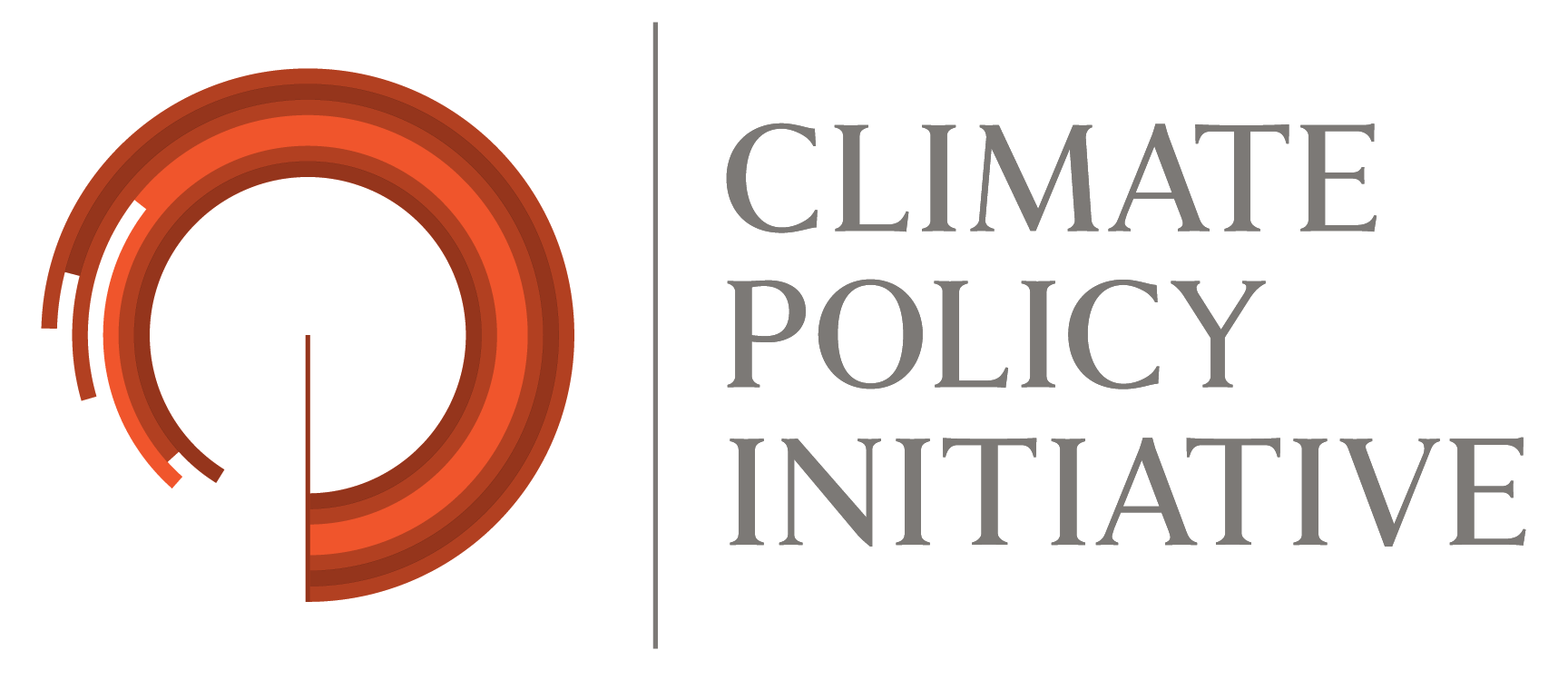As the global adaptation funding gap is widening, there is immense urgency for action on adaptation in Small Island Developing States (SIDS), which are exceptionally vulnerable to the impacts of climate change. However, SIDS face significant barriers to adaptation finance, including capacity constraints, limited private sector investment, distance from major markets, high transaction costs, and small ticket sizes of adaptation projects.
This report highlights the need to dramatically increase the amount and efficacy of adaptation financing to SIDS, spotlights the persistent challenges related to adaptation finance flows in SIDS, and captures priority actions for the global finance community to undertake.
Key findings
- International adaptation finance flows to Small Island Developing States (SIDS) are only 0.2% of global climate finance. The 39 SIDS nations are among the most vulnerable to climate change impacts and received just over USD 2 billion annually on average in international public climate finance for adaptation in 2021–2022.
- International adaptation finance flows must grow six-fold to meet assessed needs. Based on their National Adaptation Plans (NAPs) and Nationally Determined Contributions (NDCs) estimates, SIDS will collectively require approximately USD 12 billion in average annual finance adaptation flows. Using a cost-to-benefit ratio of 1:4 for adaptation investments, as calculated in the GCA State and Trends in Adaptation Report 2024, USD 12 billion invested in adaptation could result in as much as USD 48 billion of economic benefits.
- The adaptation finance needs of SIDS are not large in the global context and can be met with sufficient international political will and action. The USD12 billion in annual finance need is very large for SIDS economies but represents only 1.2% of all global climate finance and 4% of all global Official Development Assistance (ODA).
- Almost half of all public international adaptation finance to SIDS was provided as debt. Debt accounted for 44% of international adaptation finance to SIDS in 2021–2022. This is a significant risk to the macroeconomic stability of these countries, many of which have unsustainable debt levels.
- Grants to SIDS from Organisation for Economic Co-operation and Development (OECD) countries and multilateral climate funds have significant room to increase. Multilateral development finance institutions provide most international public adaptation finance for SIDS (60%). To cover the adaptation finance gap, contributions from international governments, at 31%, and from multilateral climate funds, at 7%, must increase. Grants channeled through multilateral development finance institutions only reached about 35% of total adaptation flows provided by these institutions. With the support of donor countries, this portion of grants can increase substantially.
- Most international adaptation finance goes to ODA-eligible SIDS, while all countries suffer from the devastating impacts of climate change. On average, ODA-eligible SIDS collectively received USD 1.9 billion in annual international public adaptation finance in 2021–2022, while ODA-ineligible SIDS received just USD 181 million. Because of these disparities, SIDS are calling to replace the ODA eligibility criteria with a multidimensional vulnerability index, now adopted by the UN General Assembly. The adaptation funding for both must increase.
- International adaptation finance to SIDS must be better targeted and shared across all nations. Adaptation finance is highly concentrated, with 10 SIDS receiving 67% of tracked adaptation finance. Furthermore, international public adaptation finance flows to SIDS have no significant correlation to climate vulnerability, as assessed by the Notre Dame Global Adaptation Initiative (ND-GAIN) country vulnerability scores.
- Most stakeholders need to improve their adaptation finance tracking as a basis for scaled-up action. The international community should increase its support to SIDS governments in tagging and tracking their climate adaptation finance allocation and better calculating their adaptation financing needs. There is almost no trackable information from the private sector on their adaptation investments in SIDS. Better reporting of physical climate risks and opportunities, and standardized methodologies, are essential. A consistent methodology and transparent reporting of climate adaptation financing by bilateral and donor agencies will help complete the picture of adaptation financing and serve as the basis for scaled-up action.
This report was co-authored by Climate Policy Initiative with the Global Center on Adaptation (GCA).

